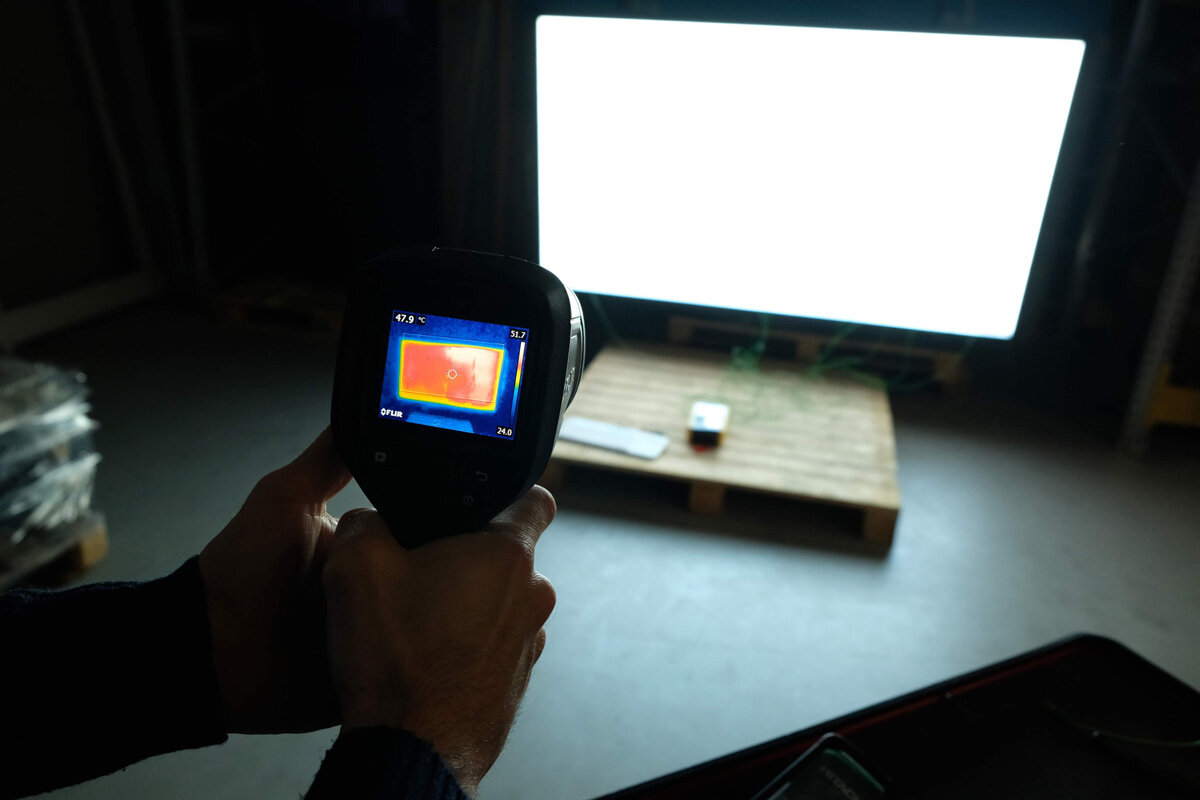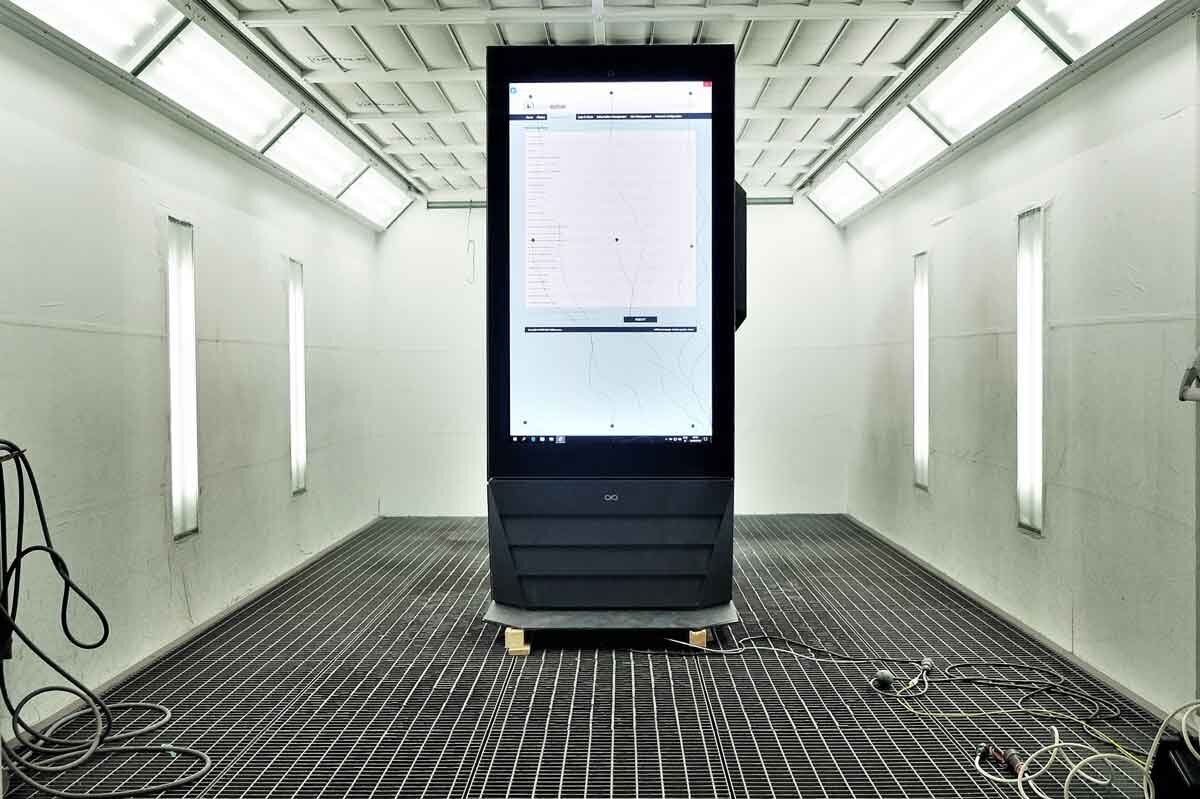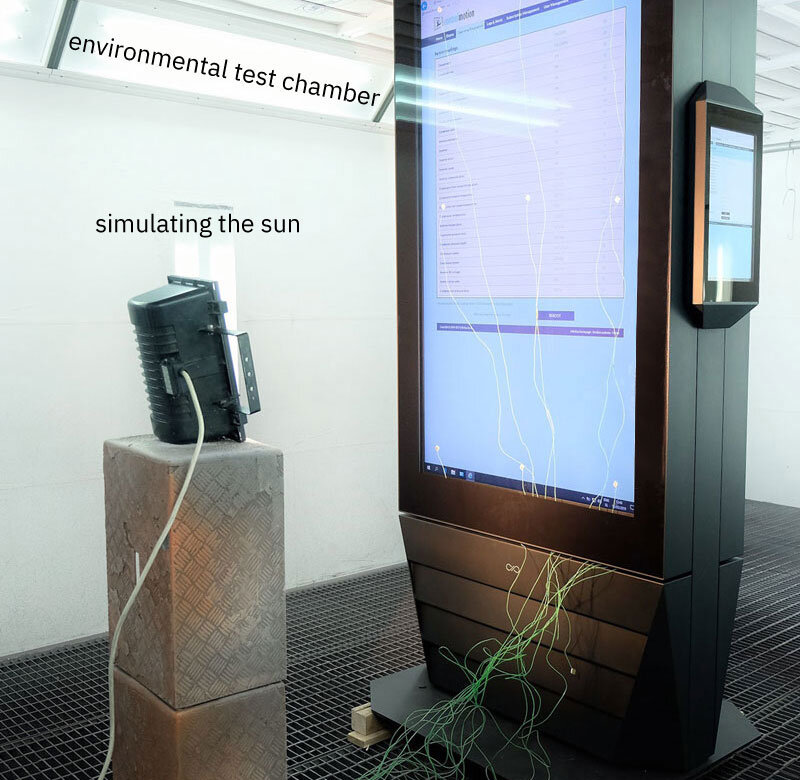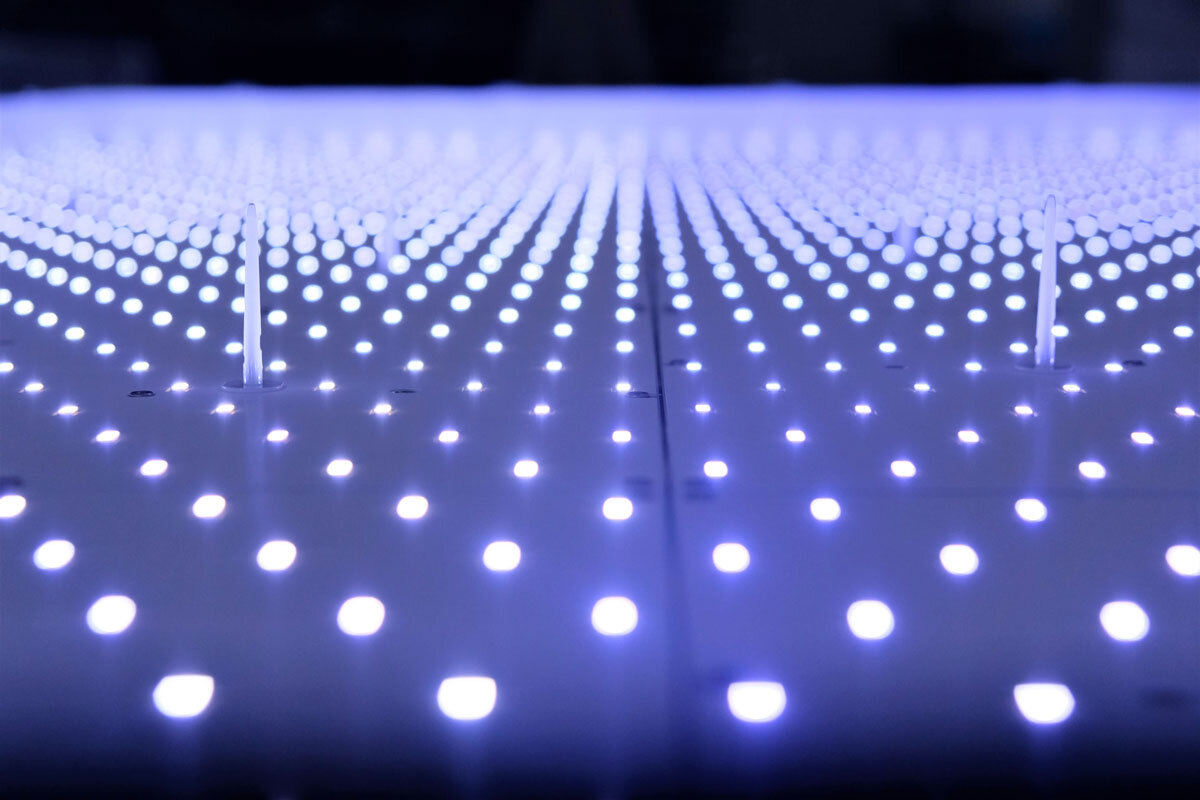Understanding Outdoor Digital Signs
Digital signage is becoming the rising star of the pro-AV industry,” said Sean Wargo, Senior Director of Market Intelligence at AVIXA. The numbers certainly support this. According to new market research by marketsandmarkets.com, the digital signage market will grow with a CAGR of 7.3% in the next four years. The increasing adoption of digital signage products is leading to more solutions available on the market. This is causing confusion for customers, especially because it is not clear what constitutes a sufficiently good outdoor LCD system.
Outdoor LCD vs. Indoor LCD
Digital signage comes in various forms, from mounted video walls to free-standing units. Besides the obvious size differences, there are distinct hardware variations between indoor and outdoor digital signage.
Indoor LCD systems are designed for controlled room temperatures, free from environmental challenges like solar radiation, heat, cold, temperature fluctuations, dust, dirt, pollution, humidity, condensation, high ambient light, and vandalism. Due to technological simplicity, they are relatively straightforward to engineer.
On the other hand, outdoor LCD systems must navigate the rigors of challenging outdoor environments. Exposed to the sun, not only does it heat the enclosure, but its reflection can also render the displayed image unreadable. Unlike smartphones that can simply turn off when overheated, outdoor displays cannot afford such breaks. Extreme measures become necessary to address temperature-related challenges.
Why Does Brightness Matter?
When engineering outdoor digital kiosks, two closely connected challenges must be addressed: achieving stable sun-readable performance and implementing effective thermal management within the enclosure. For optimal image quality, a combination of high brightness and a strong contrast ratio (the difference between the whitest white and the blackest black) is crucial.
The primary factor determining contrast ratio in real-world conditions is display brightness. Brightness directly counteracts the impact of external light on the display. To maintain a high-quality contrast ratio, the display's contrast is directly linked to the luminance of the backlight, especially in outdoor usage. For optimal performance in direct sunlight, outdoor displays should consistently operate at a minimum of 2,500 nits.
Thermal Management is the Key
Technical specifications of LCD panels can be somewhat misleading, as they are accurate only in a pitch-black room. Outdoor LCD systems must contend with various environmental factors. Consequently, the real-life performance of outdoor digital kiosks varies significantly from system to system, even when using the same integrated LCD panels. Temperature control stands out as a crucial element for effective outdoor system operation.
Temperature management is essential to:
Prevent black spots; the effect on the LCD panel when the on-surface temperature is too high
Enable optimal performance levels; generally speaking, high brightness and good contrast ratio means a quality image
Ensure a long lifetime of integrated components
Reliability
When the enclosure temperature approaches the operational limits of integrated components, image quality significantly deteriorates, and there's a risk of permanent damage to the components. Although the operational bounds typically range from 0 to 40°C, it's crucial to consider that heat results from three key factors: ambient air temperature, integrated UHB LCD, and solar radiation. Proper management of these factors is essential for ensuring the reliability of outdoor digital signs.
Reliability and ROI
LCD digital signs represent substantial investments in electronics. Designed for continuous 24/7/365 operation and deployed in dynamic environments, these systems must justify their high initial costs through reliability. The dependability and lifespan of LCD systems are intricately tied to the longevity of integrated components, with the LCD display being the most delicate. LCD panels typically have a life expectancy of 50,000 hours, after which only 50% of the initial brightness is retained on average. This degradation can be mitigated by maintaining a controlled operating environment. For instance, the imotion G7 has extended the expected LCD lifetime to 90,000 hours, providing a 30% increase.
For a long lifetime outdoor digital signs must provide:
Regulated thermal management
Remote technical supervision; automatic alarms and general system health
Emergency system shut down; a critical measure which shuts down heat generating elements (LCD panel…)
More about reliability and about unanticipated costs of outdoor digital signage projects in this article.
Conclusion
Outdoor digital signs serve as excellent communication tools and present promising investment opportunities. However, the purchasing process is intricate and requires more thorough product research than usual. Prior to acquiring outdoor digital signs, engage with existing customers, and inquire with potential suppliers about how their systems address outdoor challenges. Additionally, seek detailed information on system warranties.
Want to know more about outdoor digital signage technology?






